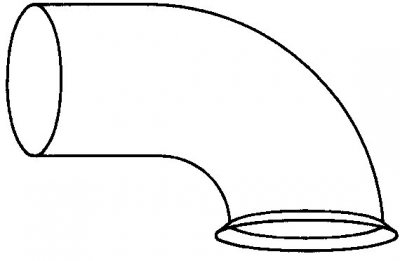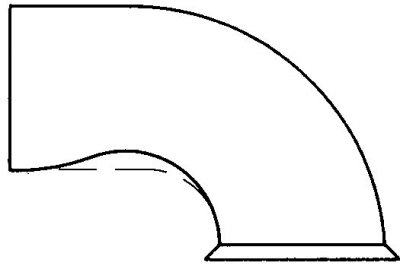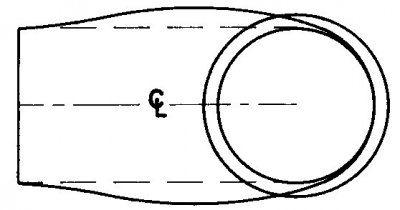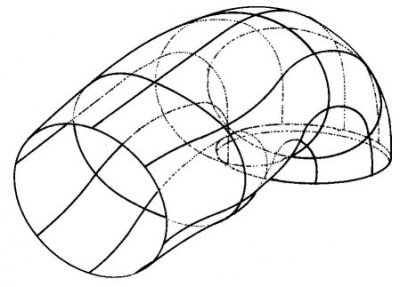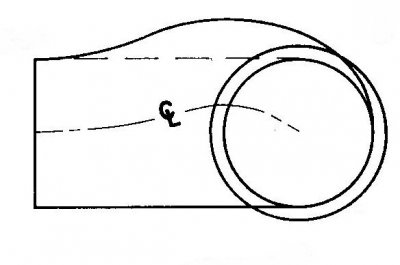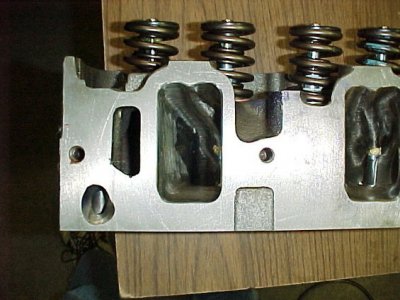Garys1969RR
Well-Known Member
Just got a look at the port layout and shape of my new (used) Perf RPM Heads. I am impressed. This is the first Aluminum Cyl Head I have looked at closely. The intakes have straight and direct paths to the valve bowl. There is no hump on the floor just before it turns into the bowl on the short side radius as the 915s have. Also, at the top of the port window, the passage leads straight into the bowl, rather than jogging upward like the 906/915 intake ports do. The under valve bowl is large and deep, with large free flowing channels around the valve guide. The ex side is also impressive. Large deep bowls, with both channels around the valve guide being the same basic shape. They look really nice.
- - - Updated - - -
I plan to blend the small ridge out where the chambers meet the top cut of the valve seat. This looks as if it would impede low lift flow.
- - - Updated - - -
I plan to blend the small ridge out where the chambers meet the top cut of the valve seat. This looks as if it would impede low lift flow.

